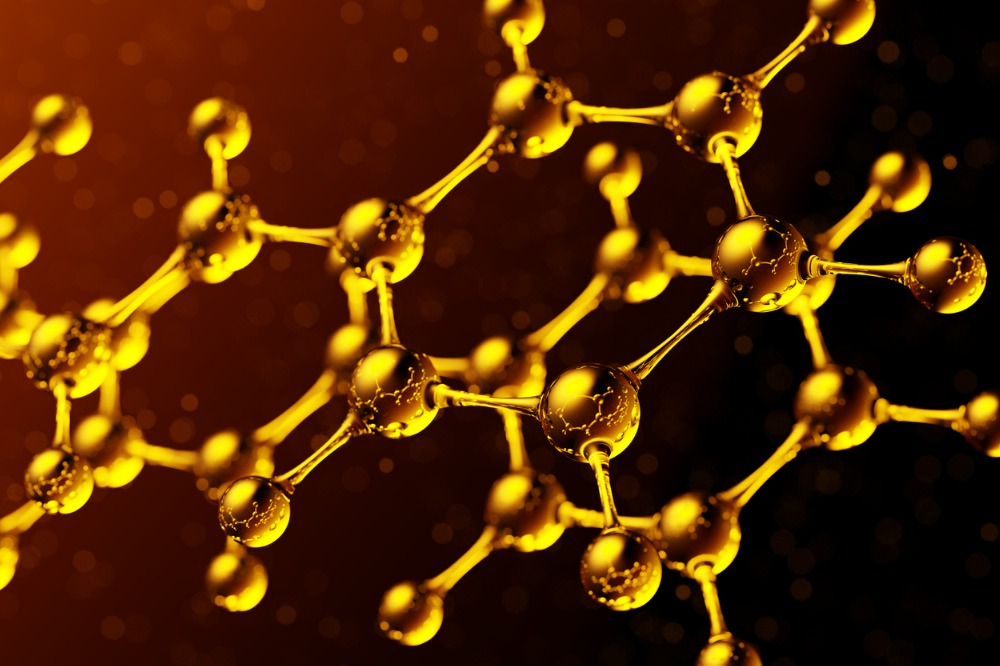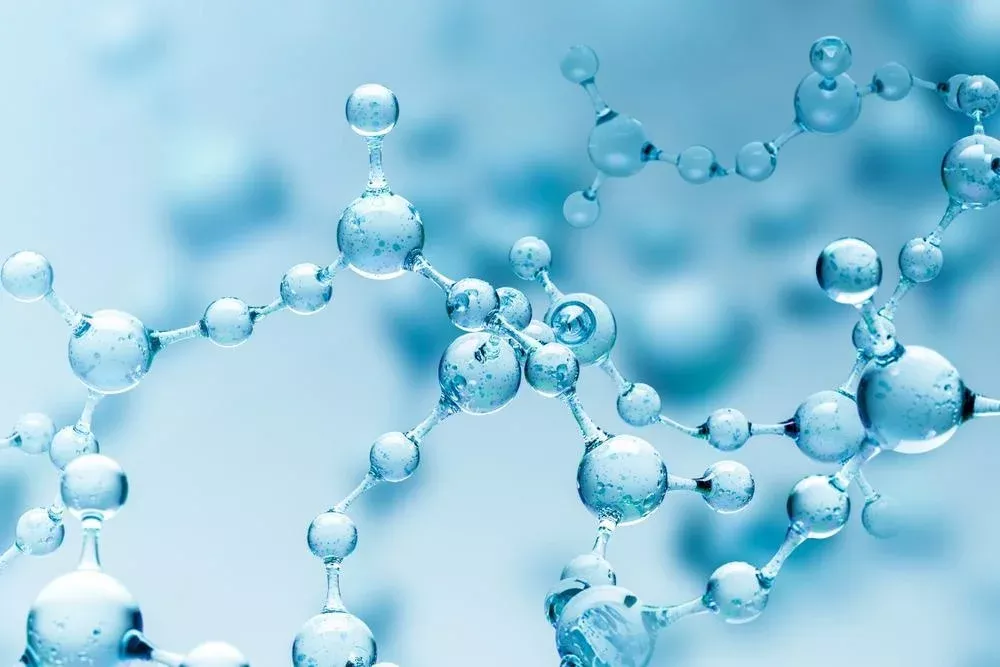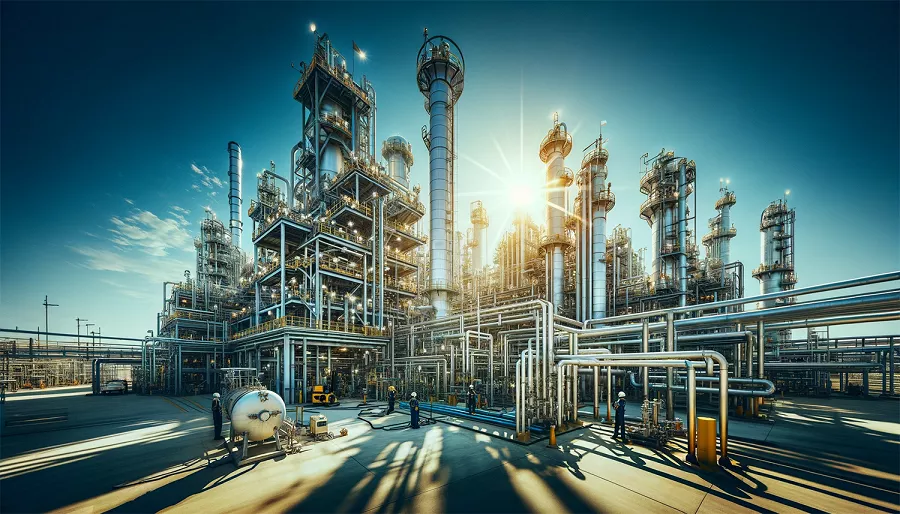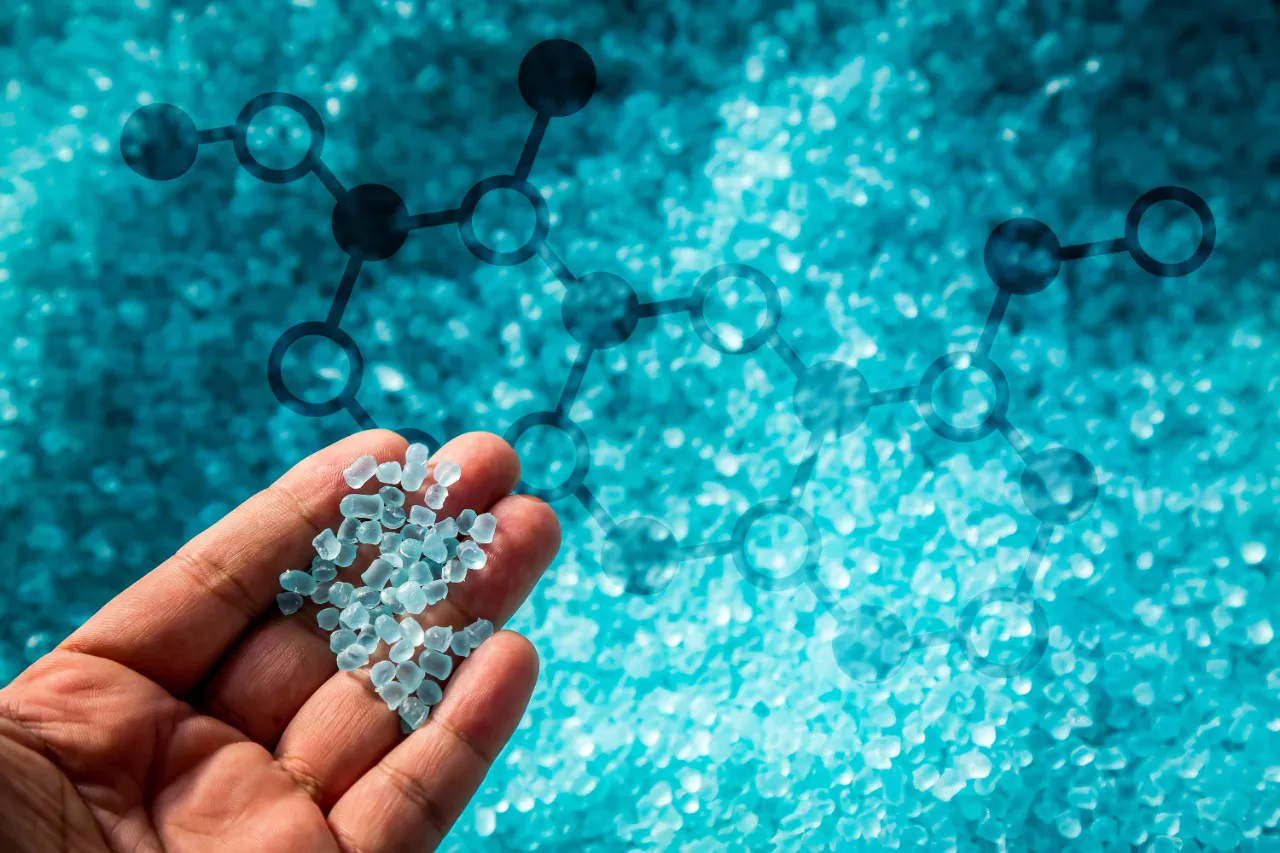Introduction
Hydrocarbons are organic compounds made up of hydrogen and carbon atoms, playing a vital role in the energy, petrochemical, and manufacturing industries. These hydrocarbons are generally categorized into light hydrocarbons and heavy hydrocarbons, each with distinct properties and applications. Understanding the difference between light and heavy hydrocarbons is essential to fully appreciate their role in modern industry and their numerous benefits.
What Are Light and Heavy Hydrocarbons?
- Light Hydrocarbons
Light hydrocarbons consist of smaller, less complex molecules such as methane, ethane, propane, and butane. These compounds are gaseous or liquid under normal conditions and have a lower molecular weight. They are commonly obtained during crude oil refining and natural gas processing. - Heavy Hydrocarbons
Heavy hydrocarbons consist of larger, more complex molecules like heavy fuel oils, lubricants, and bitumen. These compounds are more viscous and denser, requiring higher temperatures for processing and transportation. Heavy hydrocarbons are often found in the heavier fractions of crude oil refining.
Applications of Light Hydrocarbons
- Fuel Source
- Methane and propane are widely used as clean fuel sources for heating, cooking, and energy generation. Liquefied Petroleum Gas (LPG) is a common example.
- Petrochemical Feedstock
- Light hydrocarbons like ethane and propane serve as feedstocks in producing ethylene and propylene, the building blocks for plastics, resins, and synthetic fibers.
- Refrigerants
- Hydrocarbons like propane and butane are used as refrigerants in modern cooling systems due to their low environmental impact compared to synthetic alternatives.
- Power Generation
- Natural gas, primarily composed of methane, is a significant fuel for power plants due to its efficiency and lower emissions.
Applications of Heavy Hydrocarbons
- Industrial Lubricants
- Heavy hydrocarbons are refined into lubricants used to reduce friction in machinery and ensure smooth industrial operations.
- Asphalt and Bitumen
- Bitumen, a heavy hydrocarbon, is a primary component in road construction and roofing materials, offering durability and water resistance.
- Heavy Fuel Oils
- Heavy fuel oils are used in shipping and industrial boilers to generate energy and heat for large-scale operations.
- Chemical Feedstock
- Some heavy hydrocarbons are processed to create specialty chemicals, waxes, and other industrial products.
Benefits of Light and Heavy Hydrocarbons
- Energy Efficiency
- Light hydrocarbons offer clean and efficient energy solutions, particularly as natural gas is becoming the preferred alternative to coal.
- Versatility in Applications
- From energy production to petrochemical manufacturing, hydrocarbons serve a wide range of purposes across industries.
- Economic Value
- Hydrocarbons play a crucial role in driving economies, supporting transportation, construction, and industrial sectors worldwide.
- Sustainability
- Technological advancements allow hydrocarbons to be processed in cleaner, more sustainable ways, reducing environmental impact.
Conclusion
Light and heavy hydrocarbons are essential resources in the modern industrial world. While light hydrocarbons provide clean and efficient fuel solutions, heavy hydrocarbons are indispensable in construction, energy generation, and manufacturing processes. As technology advances, industries can further harness the benefits of hydrocarbons while adopting sustainable practices to minimize environmental concerns.




